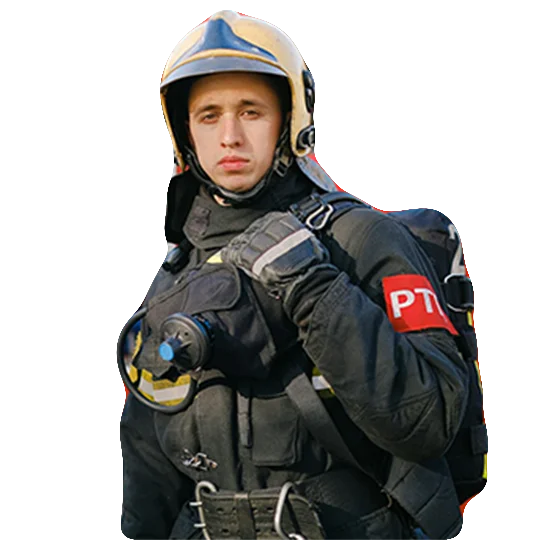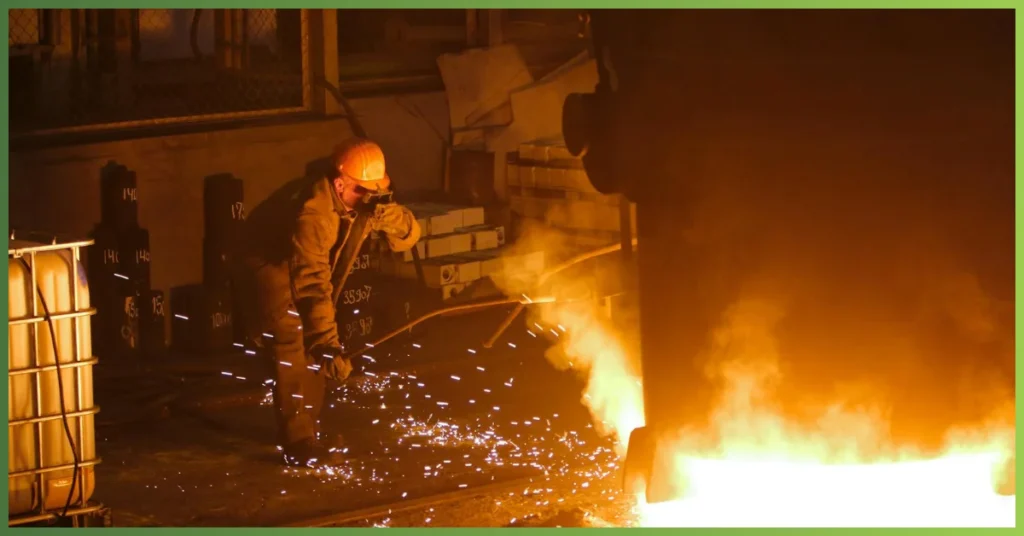Fire is one of the most devastating hazards that can strike residential, commercial, and industrial spaces. Whether it starts as a tiny spark or grows into a massive conflagration, fire can destroy a lot of property, interfere with business operations, and even kill people.
The good news? Modern fire protection systems have evolved significantly, offering various ways to detect, control, and extinguish fires before they escalate.
In this guide, we’ll explore different types of fire protection systems, how they work, and why they are crucial for safeguarding lives and assets.
Need Custom Fire Protection Solutions?
We offer tailored fire safety systems for businesses and homes.

Table of Contents
ToggleWhat is a Fire Protection System?
A Fire Protection System is an integrated set of equipment, devices, and procedures that detect, control, and put out fires to cause minimal damage and loss and to safeguard people and property.
They are used in housing, commercial, and industrial settings to prevent fire spread and, therefore, possible losses.
Types of Fire Protection Systems
Fire protection systems can be broadly categorized into two main types: Active Fire Protection (AFP) and Passive Fire Protection (PFP).
Let’s break them down further.
1. Active Fire Protection Systems (AFP)
Active fire protection systems function with manual or automatic actions to identify fires or apply fire suppression tactics.
Fire detection and response operations require these essential systems during their initial stages.
a. Fire Detection Systems
Fire detection systems start by detecting fire hazards early while simultaneously warning building occupants.
These include:
- Smoke Detectors – Detect air smoke particles to activate their alarm system.
- Heat Detectors – Set off an alarm when the temperature changes.
- Flame Detectors – Identify infrared or ultraviolet radiation from flames.
- Gas Detectors – Detect harmful gases like carbon monoxide (CO) and natural gas leaks.
b. Fire Alarm Systems
Fire alarm systems work alongside detection systems to warn people of a fire. Key components include:
- Manual Call Points (Pull Stations) – Permit users to manually sound an alarm.
- Sounders and Strobe Lights – Audible and visual alerts to warn occupants.
- Voice Evacuation Systems – Provide clear instructions for evacuation.
c. Fire Suppression Systems
Different fighting agents found in the fire suppression systems work together to extinguish fires.
They include:
- Water-Based Systems
- Sprinkler Systems –When a fire is detected, it automatically releases water.
- Deluge Systems – Discharge large amounts of water rapidly.
- Water Mist Systems – To put out fires, use a light mist of water.
- Gas-Based Systems
- CO2 Suppression – Smothers fire by displacing oxygen.
- FM-200 / Clean Agent Systems – Use chemical agents that leave no residue.
- Inert Gas Systems – Lower oxygen levels to suffocate flames.
- Foam-Based Systems
- Foam Sprinklers – Ideal for flammable liquid fires.
- AFFF (Aqueous Film-Forming Foam) – Forms a barrier to smother fires.
- Powder-Based Systems
- ABC Powder Systems – Suitable for multiple fire classes.
What Is the Best Fire Suppression System for You?
Fire Suppression System | Ideal For |
Water-Based | General commercial and residential buildings. |
Gas-Based | Data centers, server rooms, museums, and electrical rooms. |
Foam-Based | Locations where flammable substances are present, like industrial settings and fuel storage facilities. |
Powder-Based | Hazardous environments, kitchens, and chemical plants. |
d. Fire Extinguishers
Fire extinguishers are portable devices designed for immediate use on small fires. They come in different types based on the fire they are intended to combat:
- Water-Based Extinguishers: Suitable for Class A fires (wood, paper, textiles).
- CO2 Extinguishers: Used for electrical fires and flammable liquids.
- Foam Extinguishers: Effective for flammable liquids and solids.
- Dry Chemical Extinguishers: Work on Class A, B, and C fires.
- Wet Chemical Extinguishers: intended to prevent kitchen fires caused by fats and cooking oils.
2. Passive Fire Protection Systems (PFP)
Passive fire protection systems operate through construction elements that work with building materials to achieve both containment and slowed fire spread.
a. Fire-Resistant Walls and Doors
- Fire-Rated Walls and Partitions – Limit fire spread between rooms.
- Fire Doors – Automatically shut off to prevent smoke and fire.
- Fire Dampers – Prevent fire from traveling through HVAC ducts.
b. Fireproof Coatings and Materials
- Intumescent Paints – When heated, they expand to create a barrier of protection.
- Fire-Resistant Cladding – Protects structural elements from fire damage.
c. Compartmentalization and Firestopping
- Fire Barriers and Curtains – Contains flames in specific areas.
- Firestopping Systems – Seal wall and floor penetrations to prevent the spread of fire.
d. Emergency Escape Systems
- Fire Escapes & Exit Routes – Provide safe egress.
- Emergency Lighting & Signage – Guide occupants to exits.
Additional Fire Safety Measures
- Emergency lighting for evacuation routes
- Fire alarms for individuals with hearing impairments
- Fire blankets, fire hoses, and fire escape ladders
Choosing the Right Fire Protection System
A number of factors influence the choice of fire prevention system, including:
- Building Type: The selection of fire protection systems varies depending on structural types. Building class plays a role in determining whether to install a high-tech combination of sprinklers and smoke controls or a gas-intensive suppression system.
- Fire Risks: The identification of potential fire hazards operates as a fundamental requirement. To protect equipment running flammable liquids and electrical items we must install purpose-developed suppression systems.
- Occupancy and Usage: Building safety standards depend on two main elements: the number of people living within the building and how they utilize its space. Each facility type requires its own set of requirements such as educational institutions and healthcare facilities alongside industrial production facilities.
- Regulatory Compliance: Adhering to fire safety standards and regulations, such as those from the NFPA (National Fire Protection Association) and local fire codes, is essential.
- Budget and Maintenance: Cost plays a role in selecting the system, but so does its long-term maintenance. Some systems require frequent inspections and servicing.
- Integration with Existing Systems: Every fire protection system needs to link smoothly with building management solutions and security measures and heating ventilation and air conditioning systems for optimum performance.
The process of evaluating these factors helps businesses and homeowners select exactly the right fire protection solutions for their individual requirements.
How Greentech Can Help You In Protecting Fire?
Greentech offers installation, maintenance, and inspection services of fire safety equipment, making us a one-stop solution for fire protection.
Our team of experts ensures cutting-edge safety technology with competitive pricing and customized strategies to meet individual needs.
For an expert solution, contact Greentech Solutions today!
Protect Your Property Today!
Get the best fire protection system for your needs.

GET STARTED WITH GREENTECH TODAY
Fire protection is not a one-size-fits-all solution. A well-rounded approach involves combining active and passive fire protection systems to maximize safety and minimize damage.
By understanding the different types of fire protection systems available, you can take proactive measures to safeguard your property, employees, and loved ones.
Purchasing a top-notch fire prevention system gives you peace of mind and ensures that you’re ready for anything. It’s not just about complying with regulations.
Whether it’s through advanced detection, suppression, or fire-resistant materials, the right fire protection consultancy can make all the difference in an emergency.
Stay safe, stay prepared, and ensure your fire protection measures are always up to date!


